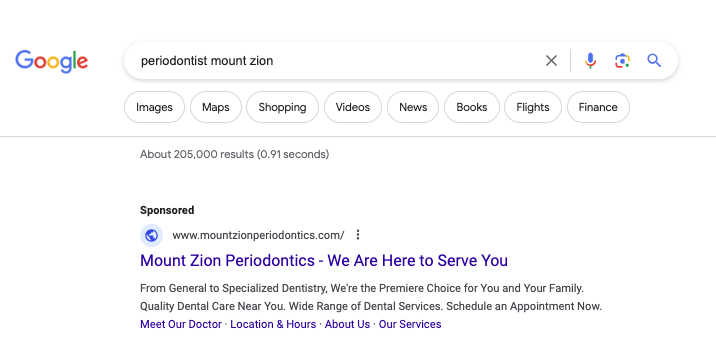Understand the difference between Search Ads and Display Ads and the value of each ad type.
In the world of online advertising, Google Ads offers two distinct campaign types: search campaigns and display campaigns. While both aim to promote businesses, they serve different purposes and target audiences. Let's break down the key differences between these two types of campaigns.
Search Campaigns
A search campaign's primary goal is to connect with potential customers who are actively searching for specific keywords on Google or partner search engines. Search ads are straightforward text-based advertisements featuring headlines, descriptions, and a URL. They appear in search results when users input particular keywords or phrases, making them highly relevant to user intent.
Advertisers choose relevant keywords and set bid amounts, determining how much they're willing to pay for each click. This payment model is known as cost-per-click (CPC), where advertisers only pay when someone clicks on their ad.
To make search ads more informative and engaging, advertisers can use ad extensions, such as sitelink extensions, callout extensions, and location extensions. Geographic targeting is also an option, allowing businesses to only display their ads in specific regions.
In summary, search ads are perfect for capturing the attention of users actively searching for products, services, or information on Google. They are a cornerstone of digital marketing strategies and can yield excellent returns when managed effectively.
Display Campaigns
Display campaigns, on the other hand, have a broader reach. Their objective is to connect with potential customers across a vast network of websites, apps, and online platforms, including YouTube and Gmail, within the Google Display Network (GDN). These campaigns feature visual advertisements, making them ideal for building brand awareness and reaching a wider audience.
Display ads come in various formats, including images, videos, and interactive HTML5 ads, offering advertisers more creative freedom. They target audiences based on demographics, interests, browsing behavior, and location.
Payment in display campaigns typically follows a cost-per-click (CPC) or cost-per-thousand-impressions (CPM) model, depending on the advertiser's preference and objective.
In summary, display ads provide businesses with a versatile and effective way to promote their products or services to a broader online audience. While they are not generally tied to specific search queries, they play a beneficial role in brand building and audience expansion.
At DentalMarketing.com, we've refined our digital advertising strategy to achieve the best outcomes for our dental clients. Our preference for search campaigns over display campaigns is rooted in their exceptional effectiveness. Search campaigns allow us to pinpoint potential customers who are actively seeking dental services, resulting in highly relevant clicks and conversions. We've consistently witnessed stronger results through search ads, making them our go-to choice. By strategically focusing on search campaigns, we can efficiently deliver the precise results our clients need at their designated budget, ultimately leading to their continued success in the highly competitive dental industry.
